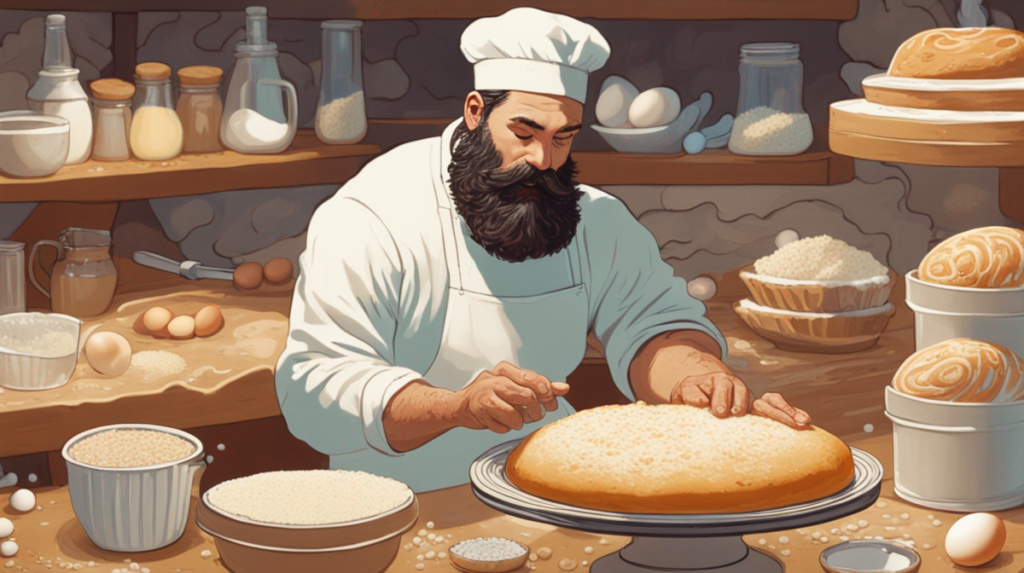Elevate your culinary skills with the power of scientific understanding. The art of baking is deeply intertwined with chemical processes that play an integral role in defining the taste, texture, and aroma of your favorite pastry or bread. Join us as we uncover some of the incredible secrets anchored at the heart of the science of baking.
Understanding the Basic Science in Baking
The preparation of delightful pastries and bread is not just a matter of following a recipe. It’s a creative science experiment rooted in chemistry and biology. Understanding this contributes to consistency and success in baking.
The key players here are yeast, baking powder, and baking soda, which react to produce carbon dioxide that expands the dough or batter, resulting in a fluffy, light texture. Various other chemical reactions, such as caramelization and the Maillard reaction, contribute to the color and complex flavor of baked goods.
(Read Also: Feasting through the Four Seasons: Nutritious Recipes for Every Time of Year)
The Unseen Guiding Hand of Yeast
Yeast is a tiny, yet powerful organism that plays a significant role in baking, particularly in bread making. It consumes sugar in the dough and releases carbon dioxide and alcohol through a process called fermentation. This process, coupled with the heat of baking, causes the dough to rise and provides a unique flavor.
Importance of Gluten
While gluten has developed a notorious reputation in recent dietary trends, it’s essential in baking certain goods. It is a protein found in wheat, rye, and barley that gives elasticity to dough. The quantity and manipulation of gluten can significantly affect the texture of your baked goods.
Perfecting Pastries and Bread: Practical Tips
Understanding the science of baking certainly helps in creating wow-worthy baked goods, but here are some practical, health-friendly tips:
Choose Ingredients Wisely
Upgrade your baking by opting for healthier ingredient options. You can replace white flour with whole wheat, use natural sweeteners in place of refined sugar, select healthier fats over trans fats, and choose organic eggs for a higher nutritional profile.
(Read Also: Food and Mood: Unraveling the Impact of Diet on Emotional Well-being)
Manipulate Dough Temperature
The temperature of the dough can greatly impact the final product. Cooler dough slows down yeast activity, resulting in a slow rise but more complex flavors, whereas warmer dough speeds up the yeast’s action, leading to a faster rise but mild flavor.
Key Health Considerations in Baking
Where health is concerned, baking at home can offer you more control over the ingredients you use, enabling you to explore wholesome and nutritious options. Homemade baking allows you to moderate the amount of sugar, salt, and fats that go into your dishes, contributing to overall health and wellbeing.
However, it is important to strike a balance. Gluten, for instance, while essential for the elasticity of dough, can cause problems for people with celiac disease or gluten intolerance. Similarly, yeast can sometimes cause adverse reactions. Always take dietary restrictions into account when you’re baking, especially for others.
In conclusion, the art of baking is much more than meets the eye. It’s an exciting realm where science meets creativity, producing beautifully delicious results. The more we understand about the science of baking, the better bakers we become, crafting better and healthier creations for everyone to enjoy.

